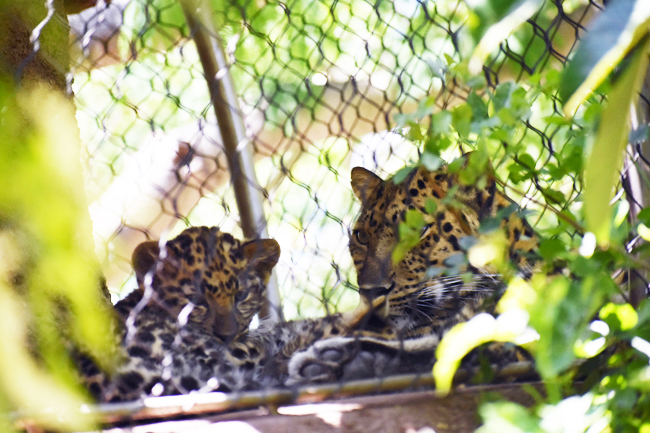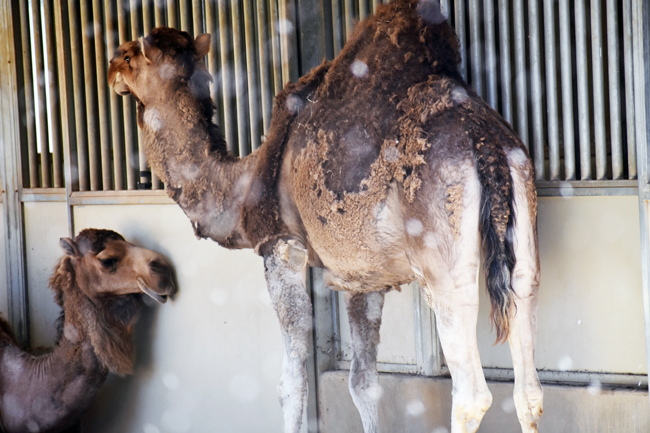
By Shor M. Masori and Kenede Pratt-McCloud


SAN DIEGO — With Covid-19 causing many people to cancel their travel plans, especially visits to countries that have imposed a quarantine, some people tune in to YouTube or the Travel Channel to get their “travel fix,” albeit virtually. We decided we could do better while remaining home in California. We went to the San Diego Zoo.
Our mission was to get a taste of Israel by finding and photographing animals that are indigenous to that country. Research showed us that among species native to Israel are: Jackal, Gazelle, Ibex, Rock Hyrax, Wolf, Leopard, Wild Boar, Hare, Camel, Fox, Arabian Babbler, Chameleon, Desert Monitor, Mediterranean Gecko, Egyptian Tortoise, African Soft Shell Turtle, Persian Horned Viper, and Black Desert Cobra. Now it was a simple matter to check this list against the Zoo’s own list of species on exhibit.
We could not find all the specific animal species on our Israel list, but at the “Africa Rocks” exhibit we found the Leopard and the Nubian Ibex, and two dromedary Camels in Elephant Odyssey.
The leopards were a highlight of this Zoo visit. A mother was grooming her cub on an elevated surface within her habitat. This was our favorite Israeli-related exhibit because as Kenede put it’ “it was so cute!” According to information provided by the Zoo, leopards are an endangered species with a range spanning Asia and Africa. They’re highly adaptable cats with an affinity for swimming, climbing, and stealth. Because of their heightened sense of smell, keepers often utilize scented oils such as spearmint, cinnamon, and lavender to the structures and hay within their habitats.
The Nubian Ibex stayed within its shelter, out of view but we were fascinated to read that the ibex’s long curved horns with thick knobby rings are designed to combat sexual challengers and for the defense of their territory. Males may grown their horns up to five feet long.

The third animal we found was the one many people imagine when they think of Israeli fauna — a camel! The zoo’s dromedaries retreated to shade on our 85°F day, hiding within their feeding area. It’s hard to imagine how these creatures fare so well in a real desert this time of year. Karima and Zara, the zoo’s two camels, are currently living with some pronghorns in the Elephant Odyssey area. While they may not favor the heat, the Zoo’s website informs us that they love sand. They do a ”happy camel dance” whenever new sand, mulch, or wood shaving piles are placed in the exhibit.
We chose Israeli animals because we write for San Diego Jewish World, for which all things Israeli are a major interest. But one could choose any other country to take a “Zoofari” to, simply by looking up on the Internet that country’s indigenous species, and comparing the list to the San Diego Zoo’s extensive collection.
Happy travels!
*
Shor M. Masori and Kenede Pratt-McCloud are students at UC Berkeley now on summer break.
What an interesting story idea, and well done.